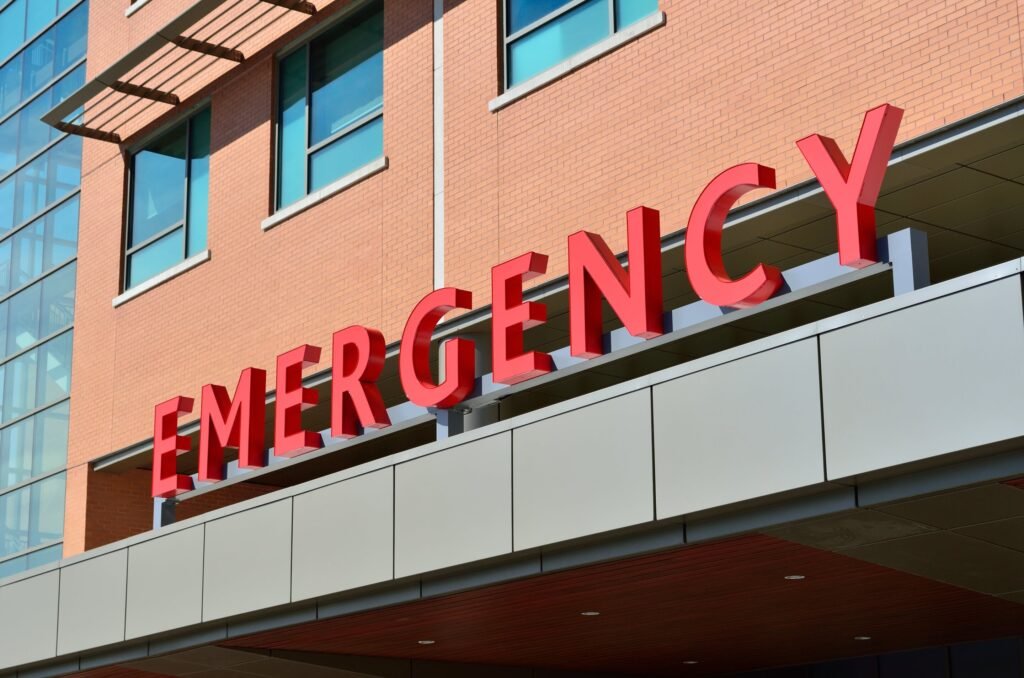The Importance of Oxygen Saturation for Trauma Patients
When a critically injured patient is admitted to the hospital, the question of how much supplemental oxygen they should receive becomes crucial. A recent study published in JAMA Network Open conducted by researchers at the University of Colorado School of Medicine has shed light on this issue, suggesting that the current standard of oxygen delivery may be excessive.
Lead investigator of the Strategy to Avoid Excessive Oxygen (SAVE-O2) study, Dr. Adit Ginde, explains, “The traditional approach has been to deliver high levels of oxygen to trauma patients to ensure vital organs receive an adequate supply. However, oversaturating the body with oxygen can have negative consequences, especially for patients with healthy lungs.”
The SAVE-O2 study focused on targeting slightly lower levels of oxygen saturation, specifically between 90-96%, for adult trauma patients. The results showed that this approach had similar, and sometimes better, outcomes compared to the standard practice of delivering high levels of oxygen.
Dr. Ginde and his team believe that this research could lead to improved standards of care for trauma patients nationwide. The concept of normoxemia, maintaining a normal range of oxygen in the blood, has the potential to transform how oxygen therapy is administered in both military and civilian settings.
The study, which involved nearly 13,000 patients across eight level 1 trauma centers in the U.S., demonstrated that targeting normoxemia could increase the number of supplemental oxygen-free days for patients. By providing only the necessary amount of oxygen to keep patients within the normoxemia range, researchers were able to achieve positive clinical outcomes without compromising patient safety.
One of the key findings of the study was that patients in the normoxemia range did not experience any significant difference in their breathing compared to those receiving higher levels of oxygen. This suggests that targeting physiologically normal oxygen levels is both safe and effective for trauma patients.
The SAVE-O2 research initially had a military application in mind, aiming to improve oxygen therapy protocols for combat casualties. The success of the study has already led to updates in military guidelines related to oxygen delivery. Dr. Ginde and his team were even recognized for their contributions to oxygen therapy advancements at the Military Health System Research Symposium.
Looking ahead, Dr. Ginde is optimistic that these findings will prompt changes in oxygen therapy guidelines for trauma patients nationwide. The development of an autonomous oxygen titration device, known as O2Matic, represents the next frontier in oxygen delivery. This innovative device uses closed-loop physiologic control to measure and deliver the precise amount of oxygen needed by patients, eliminating the need for manual adjustments.
As the research team continues to evaluate the effectiveness of O2Matic and advocate for normoxemia-based oxygen therapy, the future of oxygen delivery in trauma care looks promising. By targeting optimal oxygen saturation levels and reducing unnecessary oxygen supplementation, healthcare providers can enhance patient outcomes and streamline the delivery of critical care.
References:
– Targeted Normoxemia and Supplemental Oxygen–Free Days in Critically Injured Adults, JAMA Network Open
– University of Colorado Anschutz Medical Campus
This new article seamlessly integrates with a WordPress platform, providing valuable insights into the evolving standards of oxygen therapy for trauma patients.


